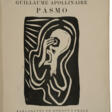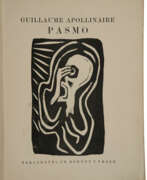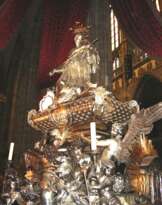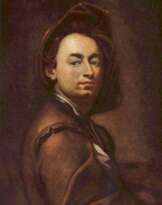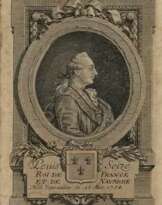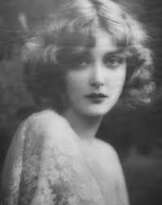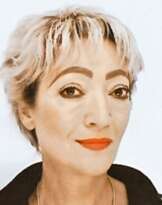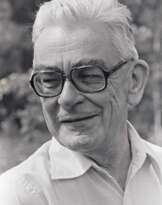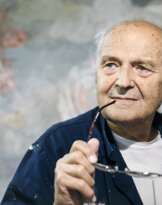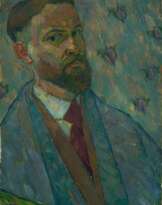Josef Čapek (1887 - 1945)
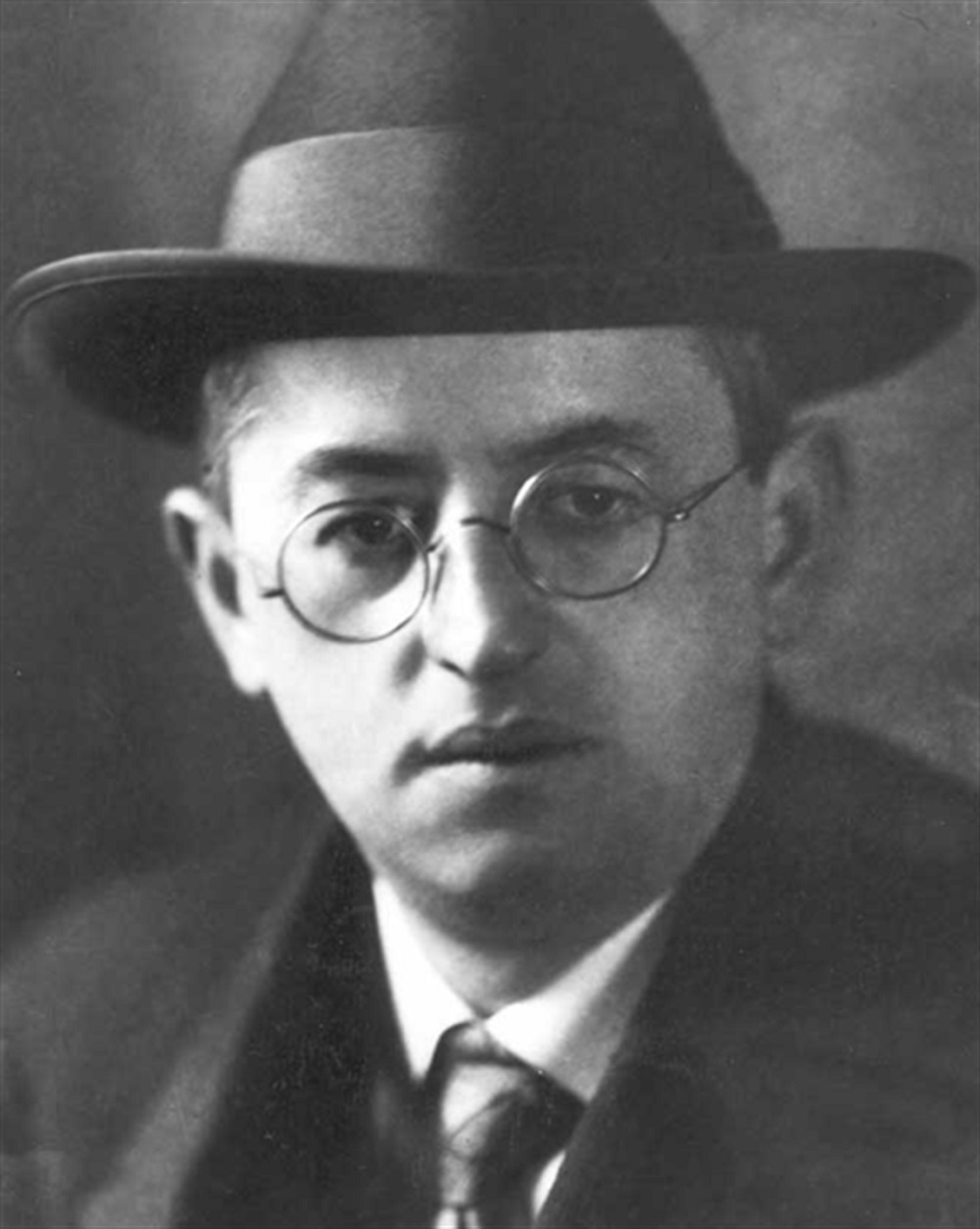
Josef Čapek
Josef Čapek was a Czech artist, writer, and journalist. He was the younger brother of writer Karel Čapek. Josef Čapek studied at the School of Applied Arts in Prague and later in Paris, where he was influenced by Cubism and Surrealism.
Čapek was a prolific artist, working in various mediums including painting, printmaking, and illustration. He is perhaps best known for his work in the area of puppetry, having created a number of puppet shows that were popular in Czechoslovakia during the 1920s and 1930s. His puppets were known for their expressive faces and whimsical designs.
Čapek was also a writer and journalist, and he wrote plays, essays, and articles for various newspapers and magazines. He was a member of the Czechoslovakian avant-garde group Devětsil, which promoted modern art and literature in the country.
During World War II, Čapek was arrested by the Nazis for his anti-fascist views and was sent to the Bergen-Belsen concentration camp. He died there in 1945, just weeks before the camp was liberated by Allied forces.
Čapek's legacy as an artist and writer is significant, and he is considered one of the most important Czech artists of the 20th century. His work is represented in many collections around the world, including the National Gallery in Prague and the Museum of Modern Art in New York.
| Date and place of birt: | 23 march 1887, Hronov, Czech Republic |
|---|---|
| Date and place of death: | 12 april 1945, Bergen-Belsen, Germany |
| Nationality: | Czech Republic |
| Period of activity: | XX century |
| Specialization: | Artist, Illustrator, Journalist, Writer |
| Genre: | Landscape painting, Portrait, Still life |
| Art style: | Cubism, Expressionism, Surrealism |
